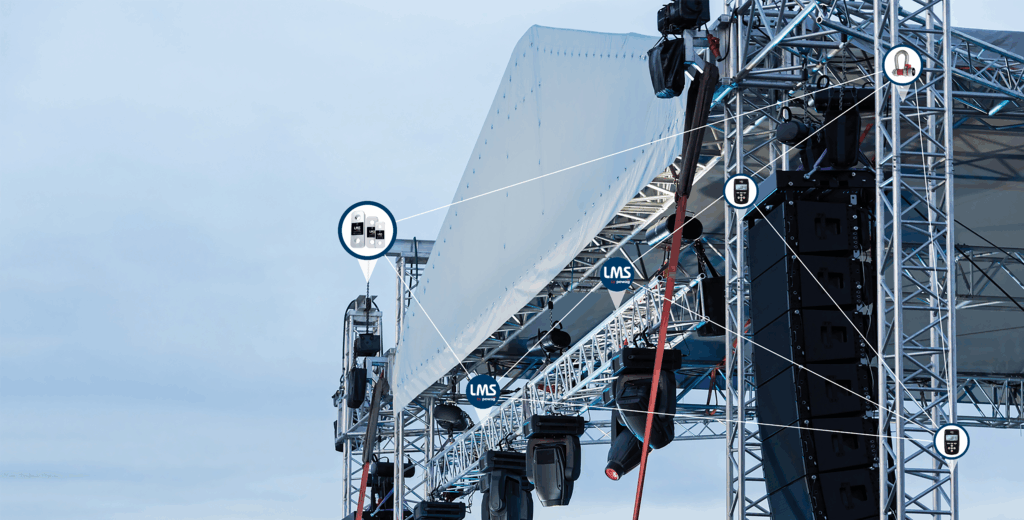- Understanding the Risks in Stage Rigging
- Key Benefits of Load Monitoring in Entertainment Applications
- Technologies Supporting Safe Rigging
- Applicable Equipment and Practices
- Data Logging and Post-Event-Review
- Conclusion
In the world of live events and entertainment, safety is just as critical as creativity. From music festivals and arena concerts to theatrical productions and corporate showcases, suspended equipment such as lighting rigs, LED walls, and stage elements must be securely and accurately supported. Load monitoring plays a vital role in ensuring these systems perform safely under dynamic conditions.
Understanding the Risks in Stage Rigging
Stage rigging involves complex lifting and suspension systems, often operating above performers and audiences. Mistakes or miscalculations can lead to overloaded rigging points, uneven load distribution, or even structural failure. Factors like varying truss weights, last-minute equipment changes, and environmental conditions (e.g. wind at outdoor venues) can significantly impact rigging loads.
Load monitoring offers real-time insight into these forces, allowing riggers and safety officers to ensure all lifting points remain within safe limits throughout setup, rehearsals, and live performances.
Key Benefits of Load Monitoring in Entertainment Applications
Implementing load monitoring in entertainment and rigging scenarios offers several advantages:
– Real-time detection of overloads or imbalanced loads
– Prevention of structural stress and anchor point failure
– Enhanced safety for crew, performers, and audiences
– Compliance with health and safety regulations and insurance requirements
– Data logging for review, troubleshooting, and documentation
Technologies Supporting Safe Rigging
Wireless load monitoring systems are especially well-suited to the fast-paced and modular nature of entertainment venues. Compact wireless load cells, shackles, or links can be discreetly installed at critical suspension points to track tensile forces without interfering with performance or aesthetics.
These systems offer remote monitoring via browser-based dashboards with options for handheld displays, allowing riggers to verify loading from the ground — eliminating the need for repeated trips to height and reducing setup time.
Applicable Equipment and Practices
Common applications of load monitoring in the entertainment sector include:
– Monitoring of flown trusses and speaker arrays
– Load balancing across multiple rigging motors
– Verifying load limits on temporary structures and towers
– Adjusting for dynamic loads in automated or moving set pieces
In venues where headroom is limited or equipment must remain visually discreet, load pin shackles and compact wireless load links are especially beneficial. These solutions can be integrated into existing rigging without requiring significant design changes.
Data Logging and Post-Event Review
Advanced systems also offer data logging features that record loading trends throughout an event. This data can be reviewed post-show to improve future setup, document safe practice, or investigate any anomalies. For touring productions, this traceability is invaluable — helping ensure consistency from one venue to the next.
Conclusion
As live entertainment grows in scale and complexity, so too do the risks associated with elevated loads and rigging systems. Load monitoring is no longer a niche technology — it’s becoming a best practice. Whether in a high-stakes arena concert or a precision-engineered theatrical production, real-time load awareness helps protect people, preserve equipment, and ensure every show goes on safely.

